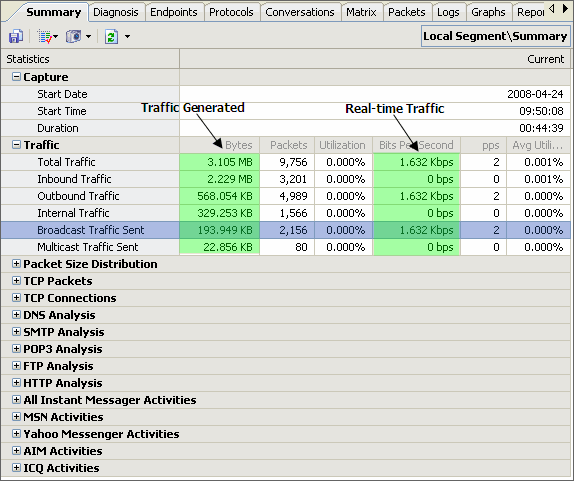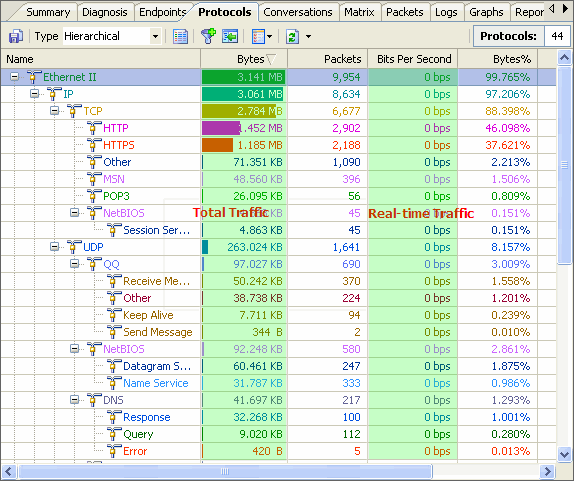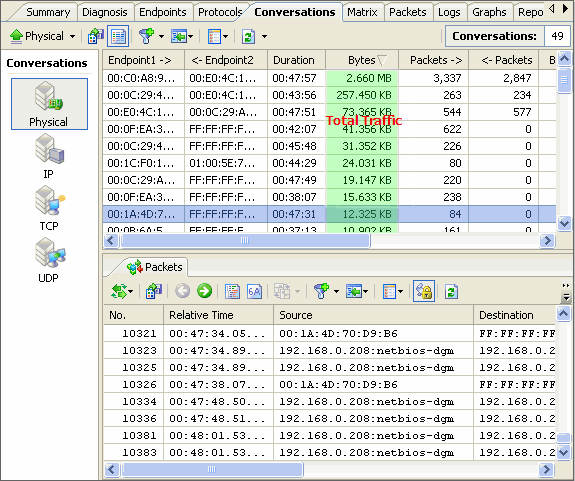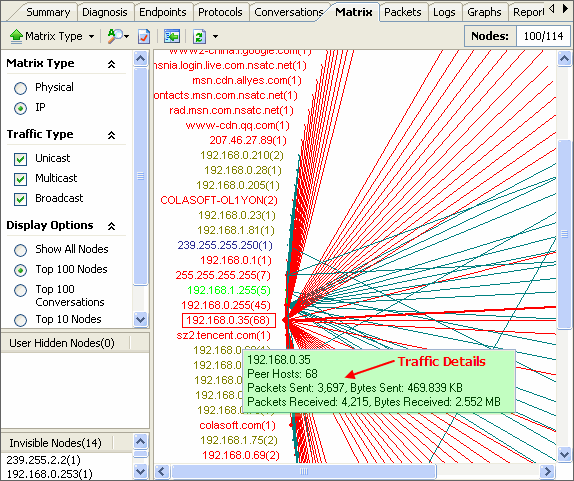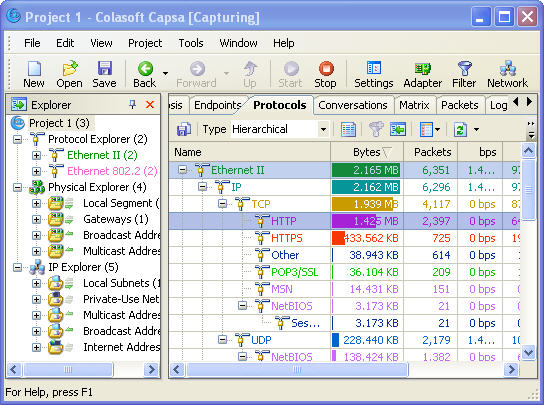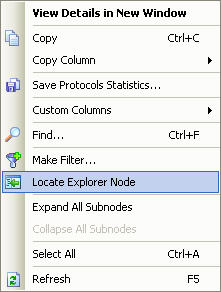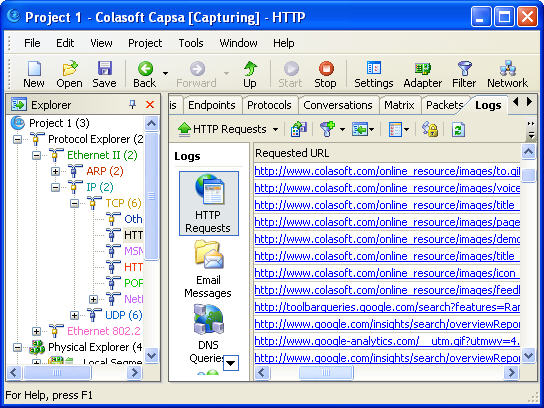There is an illusion today towards discovering the loopholes in a network as wonders of global connectivity enfold. Such diversity seems to call for the need for companies to invest more in training their network operators on discovery of Network loopholes. Simultaneously, there also exists at large sophisticated hackers and crackers, who spend sleepless nights contemplating how to accurately discover security loopholes in a network enabling them penetrate through. this call for network security managers who should have the ability to hack into their own systems first.
These few challenges are the main forces driving research on discovering network security loopholes and as technological advances emerge, the cat and mouse game continues between attacker and protectors.
The major method that is being employed in most networks today to discover security loopholes is Penetration Testing as is examined below.
Penetration Testing
This can be defined as a process of actively testing information security measures. Organisations prefer to perform penetration tests to identify the threats facing them and resolving its vulnerabilities and weakness.
There are different types of penetration tests available. They are:
i. External Penetration Testing
The oldest approach of testing and is mainly focused on servers, infrastructure and software present in the target system. This type of testing is usually either performed with no prior knowledge of the site or with total knowledge of how the network topology is.
ii. Internal Security Assessment
This approach is similar to the external penetration testing with the addition of provision of a security report of the site. This testing is typically performed from a number of access points representing the different network segments.
iii. Application Security Assessment
This identifies and asses threats to an organisation through software applications that might provide interactive access to potentially sensitive materials. It is essential that the applications are accessed to ensure that they done expose the servers and the software to attack.
iv. Telephony Security Assessment
This assessment addresses security concerns relating to corporate voice technologies.
v. Social Engineering Security Assessment
This assessment addresses social engineering which is a non technical kind of intrusion.
For more information about Penetration Testing a great website that has lots of information is penetration-testing.com .
Network Analysing
After the penetration testings, it is quite easy to detect and confirm the network problems with a network sniffer/analyzer. With the professional data capturing technology and comprehensive capability of network analyzing, Colasoft Network Analyzer will help you monitor your network within seconds and maximize your network value.



